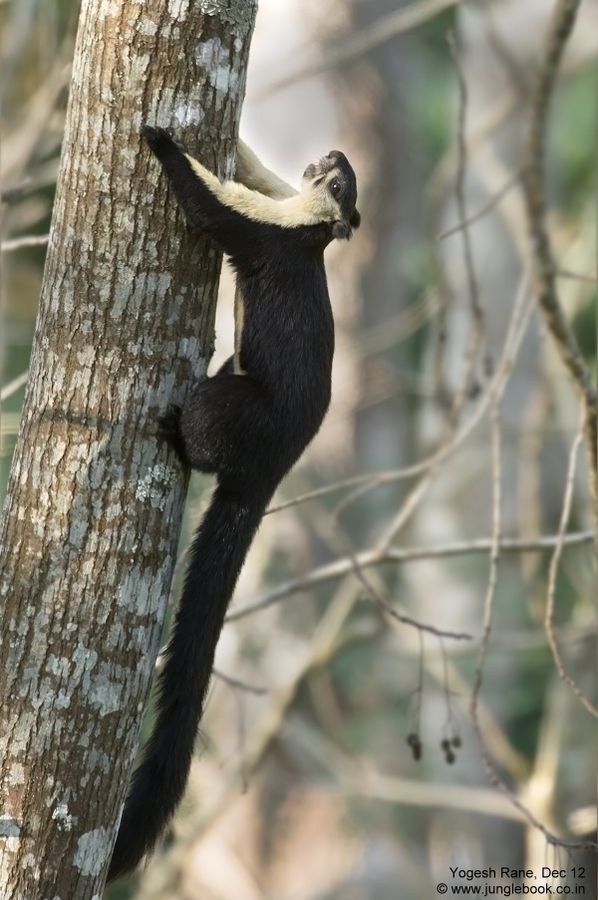Description
Context: A first-of-its-kind study by the Zoological Survey of India (ZSI) under the Union Ministry of Environment, Forest and Climate Change, has projected that numbers of the Malayan Giant Squirrel (Ratufa bicolor) could decline by 90 per cent in India by 2050, and if urgent steps are not taken, the species could be extinct in the country in subsequent decades.
- A large tree squirrel that is considered to be a “forest health indicator species” is disappearing, and may by the middle of this century no be longer found in the forests of India’s Northeast to which it is native.
Malayan Giant Squirrel
- The Malayan Giant Squirrel, one of the world’s largest squirrel species that has a dark upper body, pale under parts, and a long, bushy tail, is currently found in parts of West Bengal, Sikkim, Assam, Arunachal Pradesh, Meghalaya, and Nagaland.
- Destruction of its habitat could restrict the squirrel to only southern Sikkim and North Bengal by 2050, according to the ZSI.
- India is home to three giant squirrel species; the other two – Indian Giant Squirrel and Grizzled Giant Squirrel – are found in peninsular India.
- Unlike the nocturnal flying squirrels, giant squirrels are diurnal, but arboreal (tree-dwelling) and herbivorous like the flying squirrels.

- The population of the species also indicates to us the health of the forest, of the vegetation and plants in the forest on which the species feeds, as well as that of the other symbiotic species that inhabit the region.
- The Malayan Giant Squirrel is also distributed through Southern China, Thailand, Laos, Vietnam, Burma, the Malayan Peninsula, Sumatra, and Java.
- It is found mostly in evergreen and semi-evergreen forests, from plains to hills at elevations of 50 m to 1,500 m above sea level.
- In India, some 20% of the population of the species is found at elevations between 1,500 m and 2,700 m; the rest live in the plains and up to 1,500 m.
- The species is listed as Near Threatened on IUCN’s 2016 list, and it is protected under India’s Wildlife Protection Act.
- The Malayan Giant Squirrel and its habitat are under threat from deforestation, fragmentation of forests, crop cultivation and over-harvesting of food, illegal trade in wildlife, and hunting for consumption.
- Slash-and-burn jhum cultivation in many areas of the Northeast contribute to destruction of its habitat.
https://indianexpress.com/article/india/first-ever-study-has-grim-prognosis-native-squirrel-could-vanish-from-ne-after-2050-7089169/











